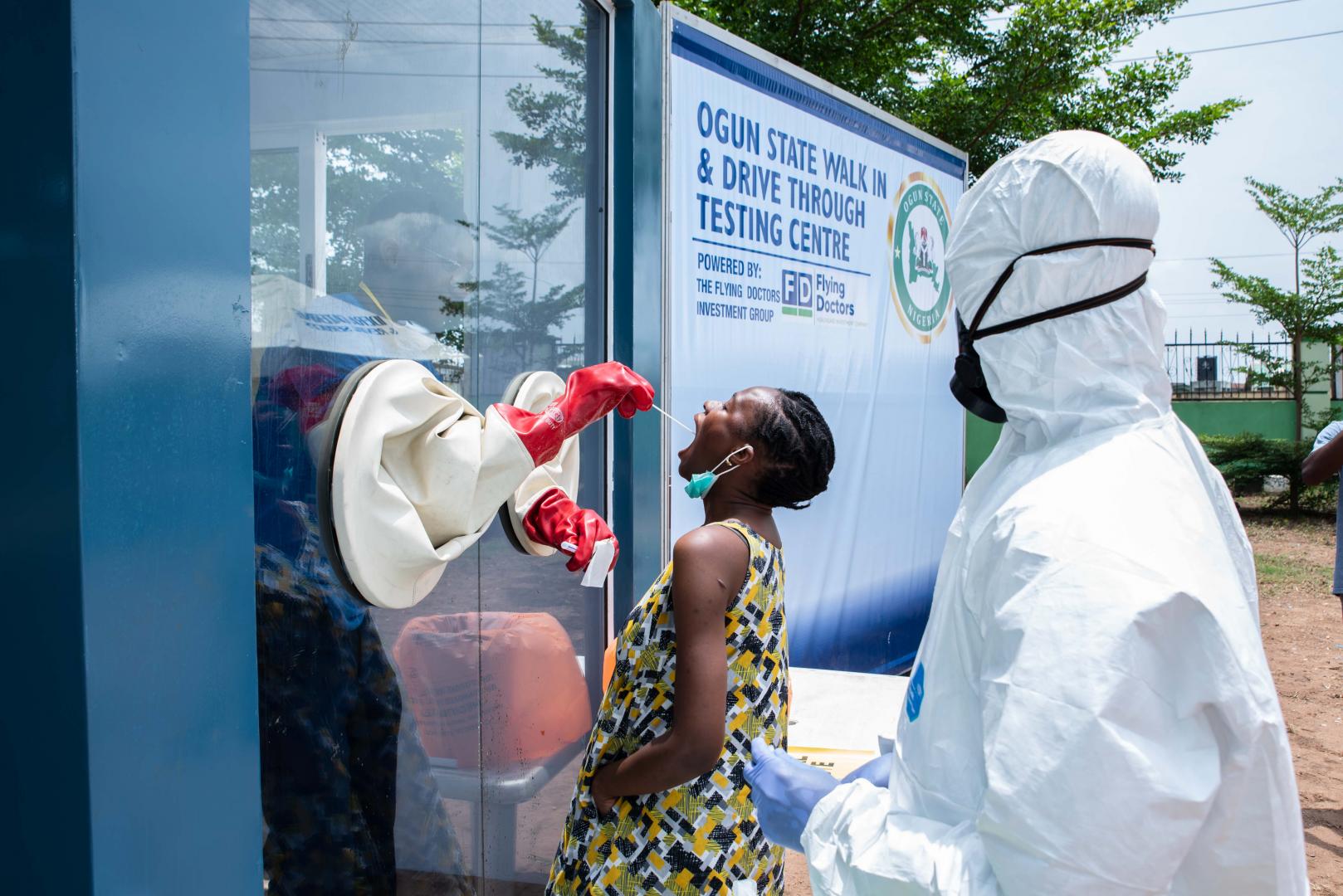
A public health strategy that combines contact tracing and community-based screening with isolation and quarantine centers can substantially reduce infections, hospitalizations and deaths from COVID-19 while being cost-effective in low-and-middle-income countries like South Africa, a study by Massachusetts General Hospital (MGH) has found.
In a paper published in The Lancet Global Health, the research team reported that this battery of health interventions, implemented either fully or partially, could offer good value for the money and, in some scenarios, even reduce health care expenditures in South Africa.
“Our results demonstrate to public policymakers that a multi-faceted COVID-19 strategy can prevent infections and save lives even where budgets and resources are constrained,” says investigator Krishna Reddy, MD, with the Medical Practice Evaluation Center at MGH, and corresponding author of the study.
By September 2020, 16 countries in sub-Saharan Africa (SSA) had each reported more than 10,000 COVID-19 cases. Raising the health risk to populations in this region are high urban density, limited opportunities for physical distancing, and poor access to hygiene and health care facilities. In the past, the World Health Organization has issued recommendations for disease surveillance and control in low- and middle-income countries, and some have implemented programs like contact tracing and community-based screening in response to previous infectious disease epidemics like Ebola and tuberculosis.
The MGH research team, in collaboration with the Africa Health Research Institute, developed a COVID-19 microsimulation model to evaluate clinical and economic outcomes of various combinations of five complementary epidemic control interventions in KwaZulu-Natal, South Africa. Those interventions are health care testing, where diagnostic testing is performed at designated health care centers; contact tracing to identify those who may have come in close contact with someone with COVID-19; isolation centers for people with COVID-19; mass symptom screening of local populations by community health workers; and quarantine centers for people who have been in close contact with someone with COVID-19 but have tested negative.
A public health program built on all five interventions in response to the pandemic could reduce COVID-19 deaths by 94% compared to the use of health care testing alone over one year, the study found. It also estimated that a program combining all interventions would cost an additional $340 per year of life saved, which represents similar or better value than many other established public health initiatives in South Africa, including tuberculosis diagnostic testing and cervical cancer screening. In some epidemic growth scenarios, combinations of interventions saved health care costs over one year compared with health care testing alone. “Our results show that these upfront investments can both save lives and actually lower health care costs by substantially reducing the need for hospitalizations for COVID-19,” says Mark Siedner, MD, MPH, with the MGH Medical Practice Evaluation Center, and senior author of the study.
Many countries have the infrastructures in place for some or all of these interventions, the researchers pointed out. Contact tracing and community-based screening, for example, have frequently been deployed in the past through networks of community health workers. And isolation centers, which are likely to require the greatest investment, have been implemented successfully in response to Ebola epidemics in West Africa and the Democratic Republic of Congo, where health care resources are among the scarcest in the world. According to the MGH research team, isolation centers would be particularly effective in areas with high household density and limited capacity for in-home isolation. Quarantine centers were also shown by the MGH microsimulation model to be a cost-effective way to reduce the health impact of epidemics, but their implementation must recognize social and human rights issues that have plagued mandatory quarantine in some settings.
“Even where quarantine centers are not feasible due to lack of public support, implementing the other interventions we described can provide major clinical benefits in an economical manner,” stresses Reddy. “The bottom line is that prevention goes a long way, and we’re hopeful that decision makers will work to translate the evidence we’ve uncovered into effective public policy and interventions for pandemic control.”

